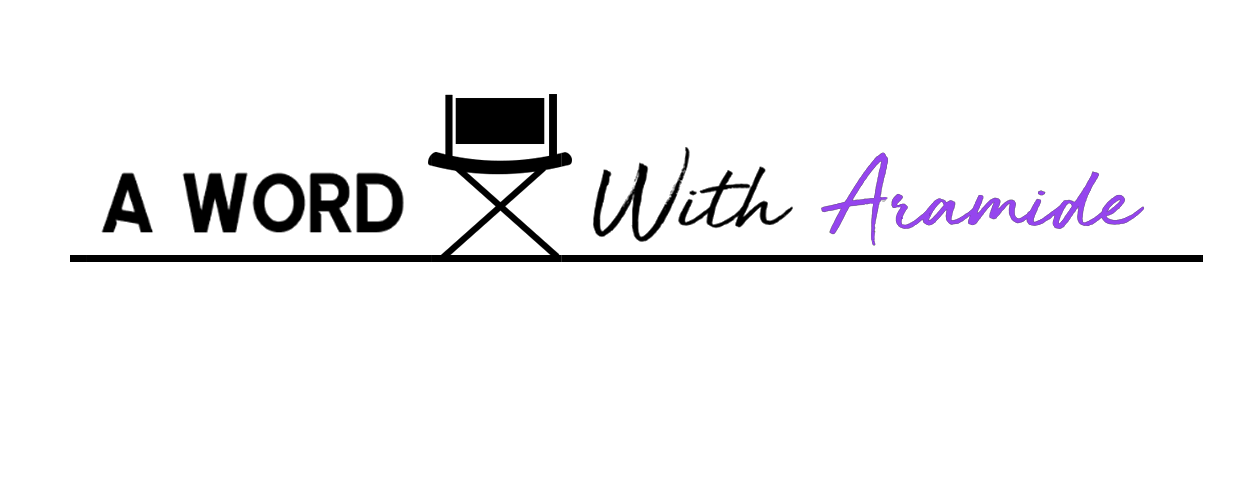“You don't have Obama without Thurgood Marshall," Marshall director Reginald Hudlin explained to me as we discussed why he was inspired to bring the late Supreme Court Justice’s massive life to the big screen. In the midst of a turbulent fall where the world seems to be spinning out of control each day — Marshall is about to jolt us all awake again. Over the course of his lifetime, Thurgood Marshall worked diligently to bring Civil Rights to all Americans. These days it's more and more evident that this country has done very little to honor his legacy.
Still, Thurgood Marshall’s story was one that Hudlin has always wanted to tell. “Thurgood Marshall has always been a giant hero of mine. I almost named my son Thurgood ... I thought that was a little bit too much," he said laughing. For Hudlin, it was Marshall who laid the groundwork for equality under the judicial system. “The Constitution was a tremendous promise of what America could be, but flawed from the beginning because of racism and slavery,” Hudlin articulated. “And the man who did the most to make it a reality is Thurgood Marshall."
Set just as the United States was poised to enter the Second World War, Marshall hones in on a facet of racism not often seen on the big screen. We have grown accustomed to full-fledged bigots, with their white robes and torches in Southern set films—Marshall explores something else entirely. “I liked that it was set in Connecticut because Northern racism kind of gets a pass,” Hudlin revealed. “Everybody is used to the Southern redneck sheriff chewing tobacco, we've seen that. We're all comfortable with condemning those people. ‘Oh, we're better than them.' But when you see Northern racism — which is much more genteel on its face, but it's the same institutional racism that looks more like what exists today. I thought, okay this will be more resonant to the audience because you can't simply write it off as ‘back then.'” The visceral parallels aligning the past to the present are what make the film so eerie to watch. “45 people ... That look like the same,” Hudlin expressed. “The ones that are there today and the ones that were depicted in the movie.”
As a young Civil Rights lawyer — the sole lawyer working for the NAACP in 1941, Marshall crossed the country taking on case after case with the hopes that he could save the lives of his brethren who had been condemned solely because of their race.
Continue reading at Shadow and Act.

